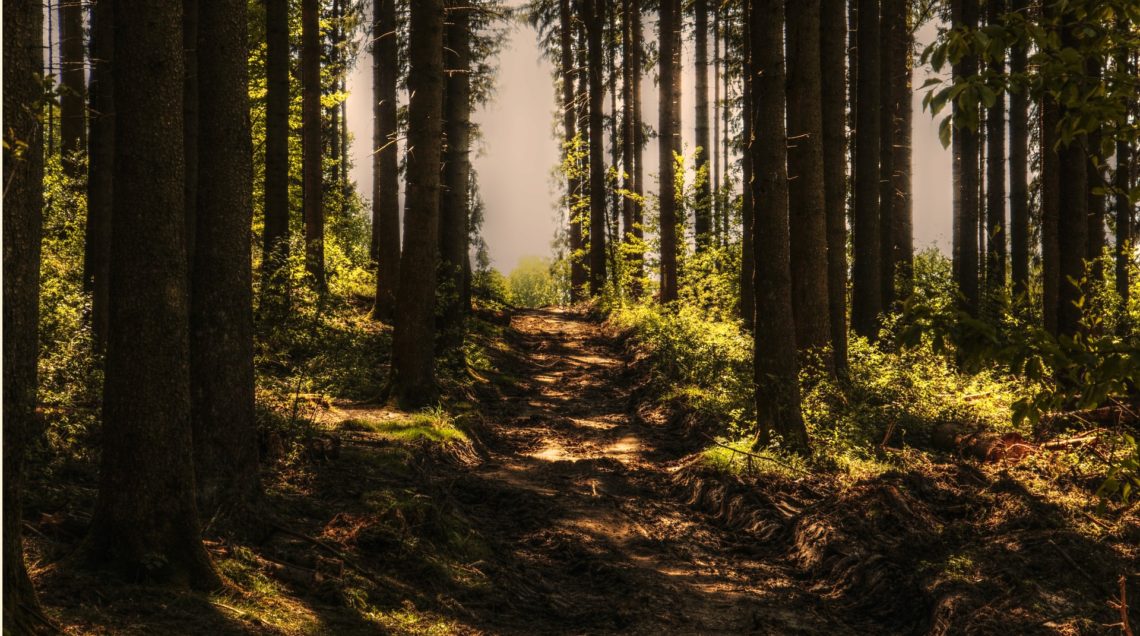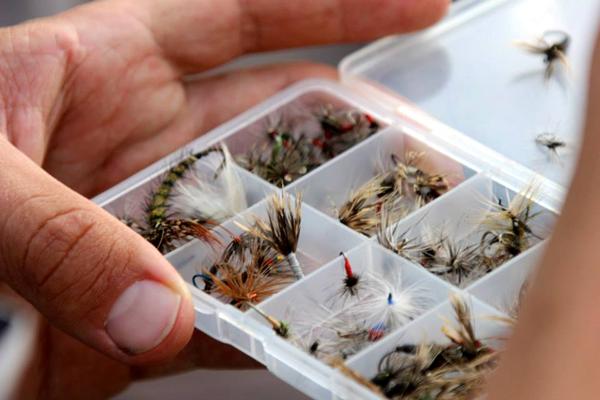By Samuel Henderson
Being human is complex and unique; art, music, religion, technology, morality and self-reflection, set us apart from the rest of the animal kingdom. With so much complexity to our daily lives, it is too easily forgotten that we are animals and belong to nature. We have spent so much time, effort, and money protecting ourselves from the harshness of nature after all. Ironically, human beings belong in nature, we were never meant to thrive in the streets. Overcrowded cities have begun to dominate today’s society, many of which are rampant with crime, pollution, and numerous social issues. We have created a society based around economic success; the drive for money is a never-ending battle. This rat race and need for the fictional construct of wealth is what keeps most humans stuck inside urban jungles. However, nature knows no dollar, and natural weather patterns still control us all, to spite our greatest technological efforts to combat it. Global climate change is rampant, large forest fires, and strong hurricanes occur all around us year after year, seemingly worsening. For example, Hurricane Katrina, a large category 5 hurricane that decimated the city of New Orleans in 2005, killing over 1,800 people and causing $108 Billion in damages (National Oceanic and Atmospheric Administration). One must wonder, are we making an evolutionary mistake?
Humans are animals, and it can be observed that all animals live in nature (besides us and the pets we have chosen to bring along for the ride). Nature plays a huge role on our physical, mental, cognitive, and social health. The study of how humans interact with nature is known as Biophilia (Erich Fromm). Countless studies tend to prove that humans interacting with nature on a regular basis improves physical health. Some of the physical benefits that have been studied include reduced chances of obesity, high blood pressure, heart disease, stroke, diabetes, immune system deficiencies, asthma, and allergies. Best of all, for the urban lovers out there, many of these health benefits don’t come at the cost of abandoning society and urban lifestyle all together. In fact, these health benefits have been proven to be effective with routine visitation to what is being called “green spaces.” The term green space was coined to describe any form of natural land that commonly has plants or animals on it, and is big enough to recreate, such as public parks, dog parks, gardens, forest, and mountain ranges. Studies commonly show a trend of notable health improvements for humans that visit these green spaces for at least two hours a week (White et al.2019). Even better for those without access to green space, it has been shown that just viewing photos of beautiful natural landscapes can provide some health benefits (Astell-Burt et al. 2014). Studies that involve people viewing images while inside an MRI machine have proven that something innate inside our brain enjoys seeing beauty and nature. Upon seeing an image of nature, it has been observed that our brain lights up with chemical responses and releases serotonin and dopamine. Serotonin and dopamine are “happy,” chemicals, also released inside the brain upon orgasm, food consumption, or drug consumption. Thus, why those activities are so commonly sought after. Many business offices have taken note of these studies over the last few decades and have begun to integrate nature into the architectural design of the workspace in an effort to make them more pleasant. Real plants, natural lighting, large photographs or murals of animals, or natural landscapes have been utilized to improve the overall mood of workers.
Mood is commonly associated with mental health. Nature and exposure to green space has also been proven to have great improvement on human’s mental health. Studies frequently show that more time spent in green spaces correlates to less anxiety, depression, sadness, and stress (Bratman et al. 2015). Many people have experienced something like this for themselves. As most people self-report feeling happier after going out into nature, if they feel safe while doing so. Many institutions have begun to realize the importance and substantial role the outdoors can play when it comes to mental health and recovery. Thus, adventure therapy and wilderness therapy has become increasingly popular over the last 20 years.
Wilderness therapy is being studied closely across the globe with favoring results. (Wilderness therapy is a term commonly used to describe the combinations of outdoor expeditions, games, and recreational activities with mental health professionals and counseling or therapy sessions.) Many young school children have shown test score improvement, as well as improved focus and attention after taking hour long nature walks during school. Some studies have even begun to prove a correlation between time spent outdoors playing as a child and lower rates of ADHD (Frances Kuo). These trends are not just centered around Western cultures either, many countries around the world have had outdoor schools for children and a form of nature therapy for adults for quite some time. We are just now in the last decade really diving into the science behind the connection our human brain seems to have with nature.
In the years to come it can be expected that even more evidence and detailed studies will come to further prove exactly why our brains seem to enjoy nature much more than urban city life. Many cities and governing officials have begun to put these findings into action and have increased the number of public green spaces in impoverished neighborhoods. These public parks and gardens have been shown to reduce crime, pollution, and increase social connections amongst neighbors (Frances Kuo). Whereas concrete buildings, phones, and urban jungles are common breeding grounds for crime, depression, and anxiety filled humans, nature provides the potential for an easy and affordable solution. With all the benefits of nature compared to all the complications industrialized nations have; one must wonder have we gone too far from our natural roots? The solution to many of our society’s problems may lay in the outdoors. Get outside!






One Comment
Jesse Hull
Excellent research Sam! I agree and also believe that the incorporation of biophilic design will greatly influence society in a positive manner moving forward. I am a fan of conducting Jiu-Jitsu and other immersive learning experiences with the outdoors whenever possible. I look forward to reading more of your research.